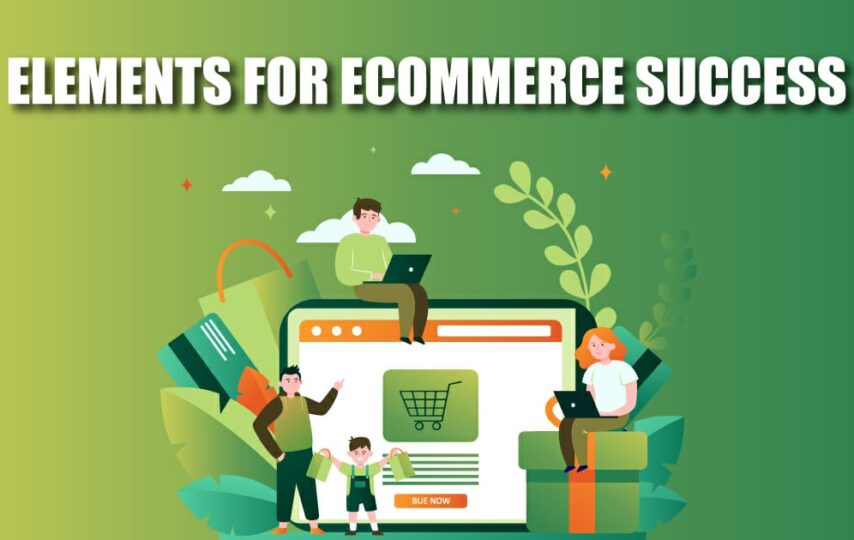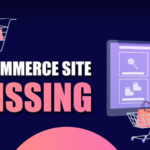and other essentials? When you are in an industry worth over 9.09 trillion dollars, security should be your top priority. You don’t want to allow cybercriminals to piggyback on your website’s growth and leave you exposed to endless litigation.
Over the past decade, the magnitude of e-commerce crimes such as Magecart attacks, SQL injections, credential stealing, etc., has increased exponentially. While that needs to be tackled, another concern needs to be addressed — competition. The popularity of the e-commerce business model and the growth opportunities within this space attracts dozens of entrepreneurs every single day.
Back in 2020, there were about 24 million e-commerce websites worldwide, and that should give you a glimpse of how competitive this market is. So, if you have an online store that is struggling to crack sales or if you want to venture into this lucrative business, you must equip your site with the right tools and technologies. Below listed is a checklist of nine essentials that every e-commerce website must incorporate.
1. Secure Web Hosting
It is no secret that e-commerce websites are prone to cyberattacks, and all it takes is one security incident. Studies reveal that one out of every six small businesses shutters down within six months from the day when the breach occurs. However, you can prevent a lot of trouble by carefully planning your IT infrastructure and leaving no loopholes through which malware can seep in.
Therefore, you must always try and invest in a dedicated server one that you either own or hire through GoDaddy, Bluehost, or any other web hosting company. A dedicated server ensures that your website is on a machine that does not host any other website. So, there is no fear of a rogue website or a less secure site causing security concerns. This is not the case when you use shared web hosting or even VPS hosting because you’ll share the server with others.
2. An OV SSL Certificate
After ensuring a secure web infrastructure, it is time to secure the client-server communication. It is recommended that you choose an Organization Validated (OV) Wildcard SSL certificate for your website, and here’s why. This SSL type bolsters your website’s security by encrypting communication between all the subdomains of your website and the client. Subdomains play a critical role in e-commerce website security, particularly subdomains such as cart, login, payment, and so on.
You can either encrypt them all with a single cheap Wildcard SSL or install a Domain Validated (DV) SSL for each subdomain. As installing multiple SSLs and tracking their validity can be complex and expensive, getting a cheap Wildcard SSL certificate with an OV validation is recommended. Besides comprehensive encryption, the organization validation provided by the certifying authority adds to your website’s credibility and helps generate more business.
3. Mobile-Friendly Web Design
A study conducted by Oberlo reveals that three out of every four dollars spent online is through a mobile device. This is probably due to the increase in the number of smartphone users and their busy lifestyles.
As a result, an increasing number of people shop from their mobile devices while commuting or in-between their work hours. For an e-commerce website owner, this means opportunity, and to get the most out of it, you must make your site mobile friendly. You can do that by using a responsive website design with easy navigation, eliminating pop-ups, and limiting media.
4. Page Loading Speed
Many e-commerce businesses don’t bother to improve their page loading speed because they rely on paid promotion and assume the speed factor to be an SEO thing. Yes, speed is indeed a ranking signal confirmed by Google, but that is only because it influences the user’s experience.
It does not matter how someone navigates to your e-commerce site organically or through paid promotion they will not wait forever. If a website takes too long to load, they will find another one, and this would be a waste of a click that you may have paid for. You can avoid that by using this free website speed checking and improvement tool offered by Google.
5. Clean Code
Every design element on a website is a piece of code, and too many elements can make the website slower and insecure. For example, not many people realize how dangerous it can be to add WordPress themes and plugins from unknown sources. These contain files and code that add functionalities to your site but may also contain dangerous malware.
Unfortunately, e-commerce website owners are so intrigued with the design part that they entirely neglect the dangers of the technologies used by their web designer. Many web designers have little to no knowledge of coding and freely use third-party plugins that might be insecure. The business owner realizes this only when it is too late.
A better alternative would be to use a reliable platform such as Shopify directly rather than using it with WordPress via integration. Then, you can use the dashboard to publish blog posts and manage your store effortlessly. If you have a bigger budget, you can have an e-commerce website built with custom code right from scratch without any CMS. A full-stack developer with solid programming knowledge would be able to do this.
6. Create Content-Rich Websites
The days when e-commerce websites listed products and users purchased them are long gone. Even Amazon and Target now have a blog section, and there’s a reason for it. The present-day consumer wants information, and that is only possible when you have a content-rich website.
So, make sure to include articles, videos, and images on your website related to the products you offer. While you are at it, create content that is optimized for the search engines. You can do that by including keywords, using next-gen media format, and file compression.
7. Social-media Integrations
Social media campaigns are a great way to promote your e-commerce website, but you need to have social media integrations on your site to get the most out of it. It helps instil more trust and allows you to generate more repeat business from your campaigns.
8. Guest Checkout
Most e-commerce websites have a mandatory sign-up process that needs to be completed for a user to make a purchase. This can be annoying and time-consuming for a lot of buyers who make impulsive one-off purchases. According to a study, over 80% of buyers make impulsive buying decisions, and you don’t want to stall them with a sign-up form.
9. Use a Powerful CTA
Your call-to-action (CTA) button is the key to everything, so make sure to have a compelling CTA on your e-commerce website. Of course, you will have to test different colour combinations and phrases to make the CTA stand out. One trick that always works is scarcity using phrases like ‘limited stocks’, ‘50% off until midnight’ works wonders but don’t overdo it.
Final Takeaway
We have discussed some of the key essentials necessary for a successful e-commerce website. Although some of the points raised by us, like having a dedicated server for web hosting, installing an OV Wildcard SSL certificate and using a premium CMS or custom code, may seem a little expensive, they are worth investing in.








